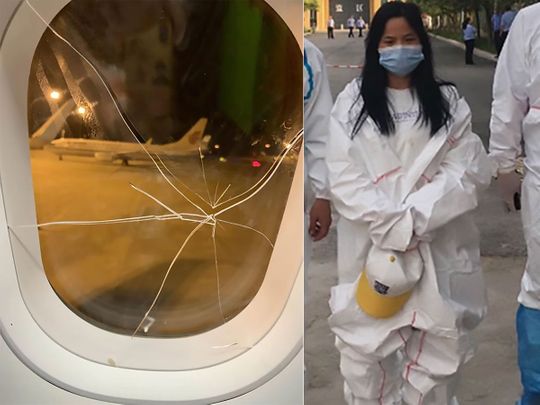So I had a great time on my trip to Naples, Italy (I’ll have to write more about that soon), and after returning to Shanghai I have continued to study Italian through Duolingo and ChatGPT.
One thing that I’ve noticed about Italian is that plural forms require a lot more attention than I’ve ever given them in any of my language study to date. In Spanish plurals take an “s” like in English. Then in Japanese and Chinese, you don’t have a regular plural form, for the most part.
Suddenly in Italian you have “-o” and “-a” turning to “-i” and “-e” and no “s” in sight! So it requires more attention, but it’s interesting.
Meanwhile, studying Italian also brought to my attention another issue that Japanese and Chinese never did: how the word “pants” (e.g. “trousers” for you Brits) is plural. Why is it plural? It’s one piece of clothing like a shirt or a dress. Sure, there are two pant legs in a pair of pants, but there are also two sleeves in a shirt. Italian uses a plural word for “pants” just like English and Spanish.
This got me thinking… what about other languages in Europe? So my buddy ChatGPT helped me create this chart, which seems to be accurate:
Language
Word
Singular/Plural
English
pants
Plural
Spanish
pantalones
Plural
French
pantalon
Singular
Italian
pantaloni
Plural
German
Hose
Singular
Dutch
broek
Singular
Portuguese
calças
Plural
Russian
брюки (bryuki)
Plural
Greek
παντελόνι (panteloni)
Singular
Polish
spodnie
Plural
Swedish
byxor
Plural
Norwegian
bukser
Plural
Danish
bukser
Plural
Finnish
housut
Plural
Hungarian
nadrág
Singular
Czech
kalhoty
Plural
Slovak
nohavice
Plural
Romanian
pantaloni
Plural
Bulgarian
панталони (pantaloni)
Plural
Croatian
hlače
Plural
Serbian
панталоне (pantalone)
Plural
Estonian
püksid
Plural
Latvian
bikses
Plural
Lithuanian
kelnės
Plural
So, only French, German, Dutch, Greek, and Hungarian have a singular take on “pants.” Interesting…
The post More Pants than Pant appeared first on Sinosplice.




